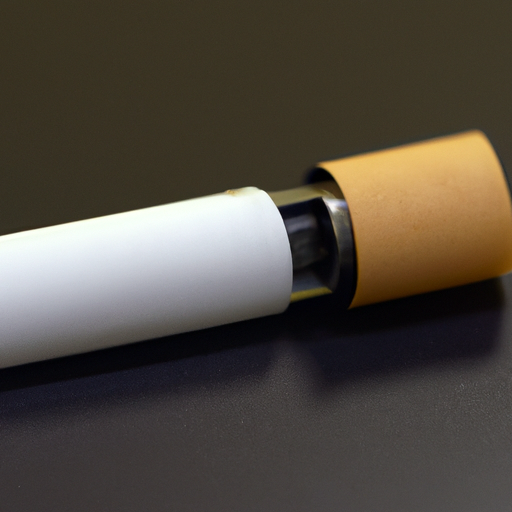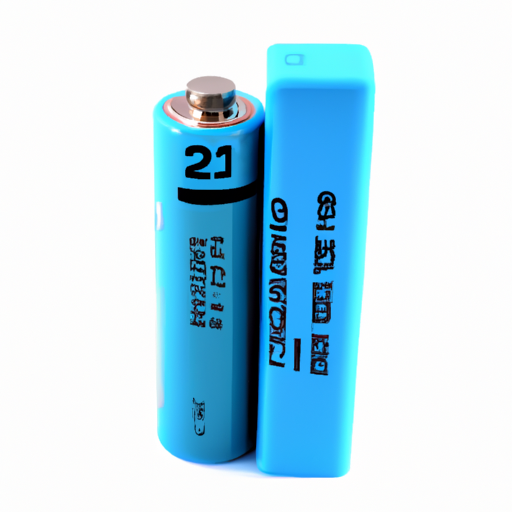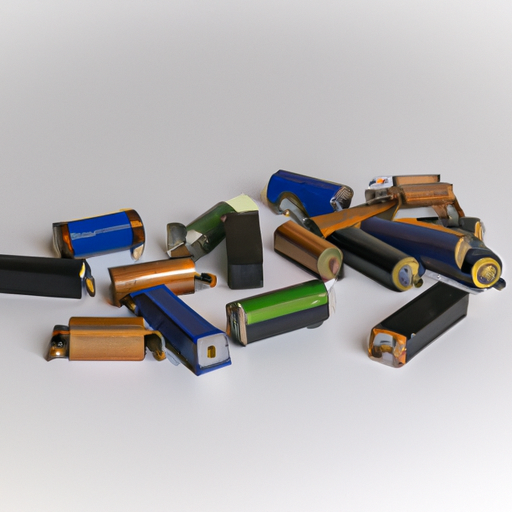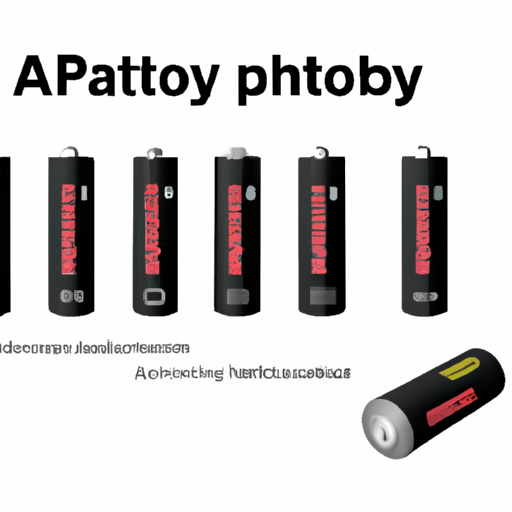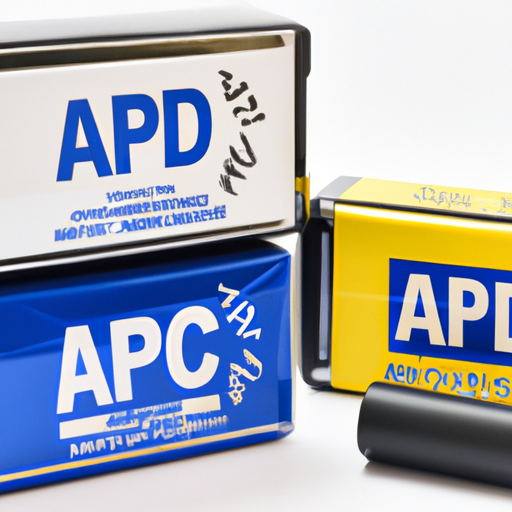Understanding Carbon Film Resistors
I. Introduction
In the world of electronics, resistors play a crucial role in controlling the flow of electric current. Among the various types of resistors, carbon film resistors are widely used due to their unique properties and advantages. This article aims to provide a comprehensive understanding of carbon film resistors, including their structure, characteristics, advantages, disadvantages, applications, and how to choose the right one for your needs.
II. What is a Carbon Film Resistor?
A. Basic Structure and Composition
A carbon film resistor is a passive electronic component that limits the flow of electric current in a circuit. It consists of a thin layer of carbon deposited onto a substrate material, which is typically made of ceramic or glass. The carbon film layer is responsible for the resistor's resistance value, while the substrate provides mechanical support and insulation.
1. **Carbon Film Layer**: The carbon film is created by depositing a thin layer of carbon onto the substrate. The thickness and composition of this layer determine the resistance value of the resistor.
2. **Substrate Material**: The substrate is usually made from materials that can withstand high temperatures and provide electrical insulation. Common materials include ceramic and glass, which also help in dissipating heat generated during operation.
3. **Terminals**: Carbon film resistors have two terminals that connect the resistor to the circuit. These terminals are typically made of metal and are soldered to the circuit board.
B. Manufacturing Process
The manufacturing process of carbon film resistors involves several steps:
1. **Deposition of Carbon Film**: The first step is to deposit a thin layer of carbon onto the substrate. This is usually done using a process called vacuum deposition, where carbon is vaporized and allowed to condense onto the substrate.
2. **Cutting and Trimming to Achieve Desired Resistance**: After the carbon film is deposited, the resistor is cut and trimmed to achieve the desired resistance value. This is done by adjusting the length and width of the carbon film layer.
3. **Encapsulation and Finishing**: Finally, the resistor is encapsulated to protect it from environmental factors and to ensure durability. This may involve coating the resistor with a protective layer or encapsulating it in a plastic housing.
III. Characteristics of Carbon Film Resistors
Carbon film resistors possess several key characteristics that make them suitable for various applications:
A. Resistance Range and Tolerance
Carbon film resistors are available in a wide range of resistance values, typically from a few ohms to several megaohms. They also come with different tolerance levels, which indicate how much the actual resistance can vary from the specified value. Common tolerances for carbon film resistors are ±1%, ±5%, and ±10%.
B. Temperature Coefficient
The temperature coefficient of a resistor indicates how its resistance changes with temperature. Carbon film resistors generally have a temperature coefficient of around 100 to 200 ppm/°C, which means their resistance can change slightly with temperature fluctuations.
C. Power Rating
The power rating of a carbon film resistor indicates the maximum amount of power it can dissipate without overheating. This is typically measured in watts (W) and can range from 0.125W to several watts, depending on the size and design of the resistor.
D. Noise Characteristics
Carbon film resistors are known for their low noise levels, making them suitable for applications where signal integrity is crucial. They produce less electrical noise compared to other types of resistors, such as carbon composition resistors.
E. Stability and Reliability
Carbon film resistors are generally stable and reliable over time. They exhibit minimal drift in resistance values, which is essential for maintaining consistent performance in electronic circuits.
IV. Advantages of Carbon Film Resistors
Carbon film resistors offer several advantages that make them a popular choice among engineers and designers:
A. Cost-Effectiveness
One of the primary benefits of carbon film resistors is their cost-effectiveness. They are relatively inexpensive to manufacture, making them an economical choice for a wide range of applications.
B. Good Temperature Stability
Carbon film resistors exhibit good temperature stability, which means their resistance values remain relatively constant over a range of temperatures. This is particularly important in applications where temperature variations can affect circuit performance.
C. Low Noise Levels
As mentioned earlier, carbon film resistors produce low levels of electrical noise, making them ideal for use in sensitive electronic circuits, such as audio equipment and precision measurement devices.
D. Wide Availability
Carbon film resistors are widely available in various resistance values, power ratings, and tolerances. This makes it easy for designers to find the right resistor for their specific needs.
E. Versatility in Applications
Carbon film resistors can be used in a wide range of applications, from consumer electronics to industrial equipment. Their versatility makes them a go-to choice for many electronic designs.
V. Disadvantages of Carbon Film Resistors
Despite their many advantages, carbon film resistors also have some limitations:
A. Limited Power Handling Capabilities
While carbon film resistors can handle moderate power levels, they are not suitable for high-power applications. For such applications, other types of resistors, such as wire-wound resistors, may be more appropriate.
B. Sensitivity to Temperature Changes
Although carbon film resistors have good temperature stability, they can still be sensitive to extreme temperature changes. This sensitivity can lead to variations in resistance, which may affect circuit performance.
C. Potential for Aging and Drift in Resistance
Over time, carbon film resistors may experience aging, which can lead to drift in their resistance values. This is particularly important in precision applications where consistent performance is critical.
D. Comparison with Other Types of Resistors
When compared to other types of resistors, such as metal film or wire-wound resistors, carbon film resistors may not offer the same level of precision or power handling capabilities. Designers should consider these factors when selecting resistors for their applications.
VI. Applications of Carbon Film Resistors
Carbon film resistors are used in a variety of applications, including:
A. Common Uses in Electronic Devices
1. **Consumer Electronics**: Carbon film resistors are commonly found in devices such as televisions, radios, and smartphones, where they help regulate current and voltage levels.
2. **Industrial Applications**: In industrial settings, carbon film resistors are used in control systems, automation equipment, and instrumentation.
3. **Automotive Electronics**: These resistors are also used in automotive applications, including engine control units and sensor circuits.
B. Role in Circuit Design
In circuit design, carbon film resistors play a vital role in setting bias points, controlling signal levels, and providing feedback in amplifiers. Their low noise characteristics make them particularly valuable in audio and communication circuits.
C. Examples of Specific Applications
Some specific applications of carbon film resistors include:
- Voltage dividers in power supply circuits
- Pull-up and pull-down resistors in digital circuits
- Feedback resistors in operational amplifier circuits
VII. How to Choose the Right Carbon Film Resistor
When selecting a carbon film resistor for your project, consider the following factors:
A. Factors to Consider
1. **Resistance Value**: Determine the required resistance value for your application. This will depend on the specific circuit requirements.
2. **Power Rating**: Ensure that the resistor's power rating is sufficient for your application. Consider the maximum power that will be dissipated in the resistor during operation.
3. **Tolerance and Temperature Coefficient**: Choose a resistor with an appropriate tolerance level and temperature coefficient based on the precision required for your application.
B. Sourcing and Purchasing Tips
When sourcing carbon film resistors, consider purchasing from reputable suppliers to ensure quality and reliability. Look for suppliers that provide detailed specifications and datasheets for their products.
C. Importance of Datasheets and Specifications
Always refer to the datasheets and specifications provided by the manufacturer. These documents contain essential information about the resistor's characteristics, including resistance value, tolerance, power rating, and temperature coefficient.
VIII. Conclusion
In summary, carbon film resistors are essential components in electronic circuits, offering a balance of cost-effectiveness, stability, and low noise characteristics. Understanding their structure, characteristics, advantages, and limitations is crucial for anyone involved in electronics design. By considering the factors outlined in this article, you can make informed decisions when selecting carbon film resistors for your projects. As technology continues to evolve, the role of resistors in electronic circuits remains significant, and exploring further resources will enhance your knowledge and application of these vital components.
IX. References
For further reading and resources on carbon film resistors and related topics, consider the following:
- "Electronic Components: A Complete Reference for Engineers and Technicians" by John Doe
- "Resistor Technology: A Comprehensive Guide" by Jane Smith
- Industry standards and guidelines from organizations such as the Institute of Electrical and Electronics Engineers (IEEE) and the International Electrotechnical Commission (IEC).
By delving deeper into these resources, you can expand your understanding of resistors and their applications in modern electronics.


